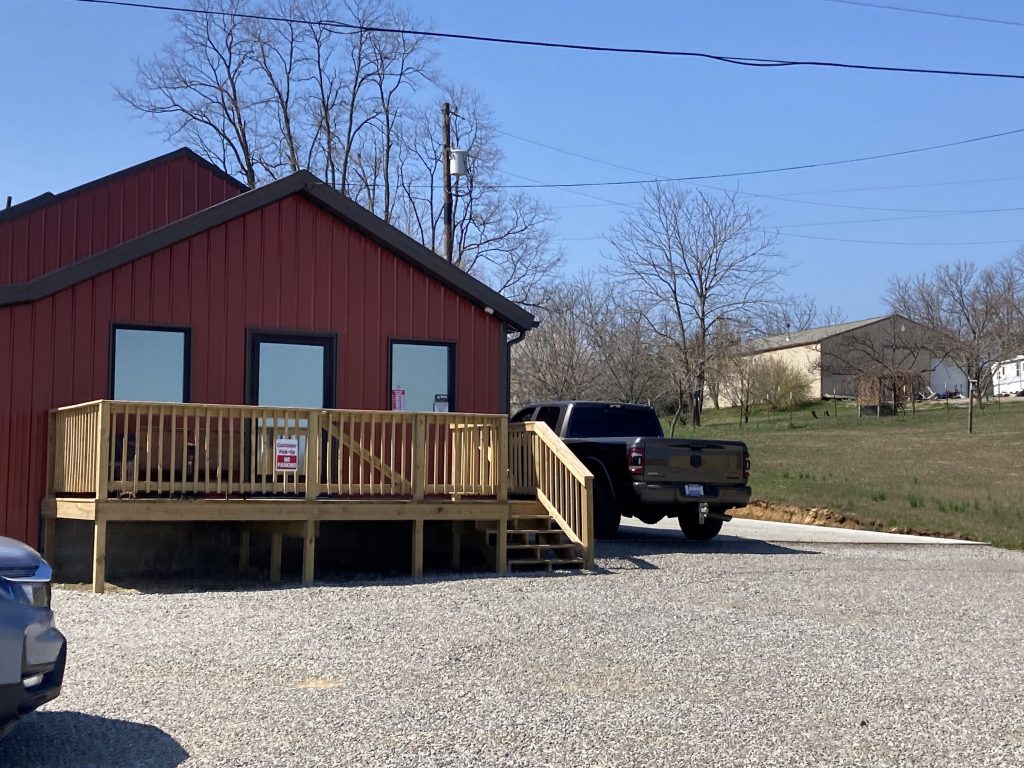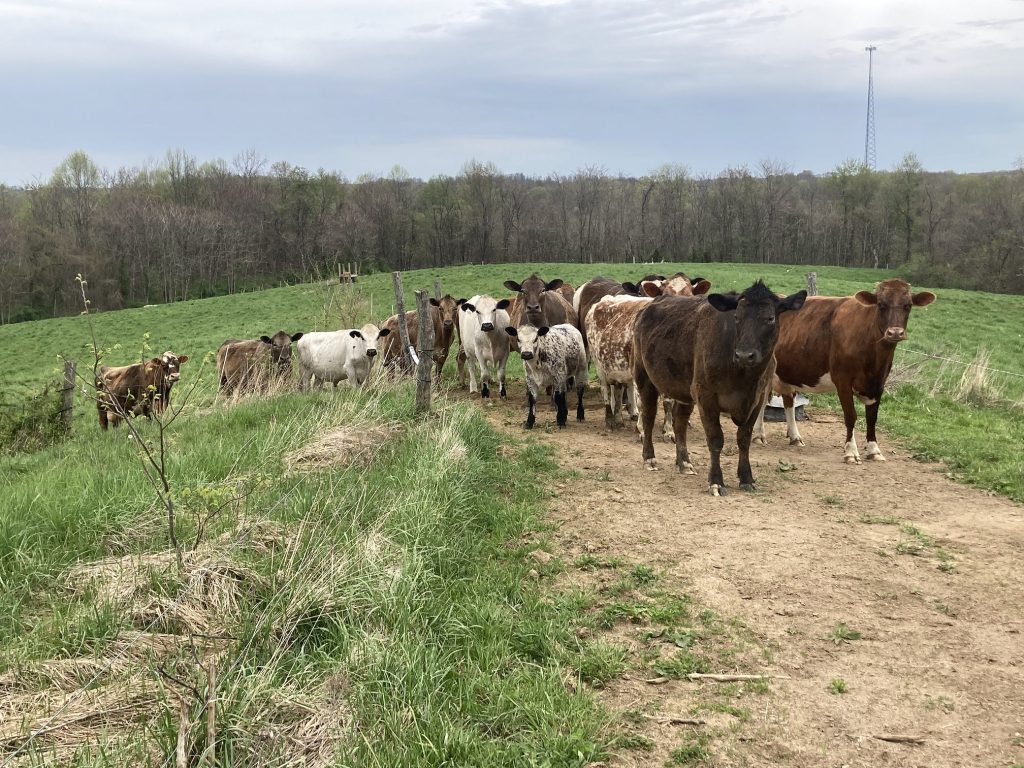News
A bipartisan proposal in Congress could reshape livestock farming in southeast Ohio
By: Theo Peck-Suzuki | Report for America
Posted on:
ATHENS, Ohio (WOUB/Report for America) — The building Shawn Donahue chose for his new meat processing facility had sat unused for several years.
It showed. When he stood inside and looked up, he could see holes in the ceiling.
“I basically went through and redid everything,” he said.
A state inspector Donahue worked with previously expressed amazement at the turnaround.
“He’s like, ‘I would’ve never thought this would ever look like this,’” Donahue recalled.
Today, the building — located on Pleasant Hill Road near Albany — is home to Donahue’s business, The Local Butcher. According to him (and supported by a Google search), it’s the only place that handles the unsavory task of slaughtering and cutting livestock in Athens County.

The shortage of such services is a big problem for local livestock farmers. Someone needs to turn the animals they raise into meat for the table. It’s not a task they can just put off for later.
“We don’t have enough processors in the area, especially in southeast Ohio,” said Molly Sowash, program manager at Rural Action’s Sustainable Agriculture program and owner of MoSo Farm.
Sowash raises beef herself. She sometimes has to make appointments with her butcher before she even has the animal.
“Right now, farmers need up to a year to schedule a butcher date,” she said.
The need is particularly acute for small farmers who, like her, rotate their cattle regularly on pasture. These operations require small-scale, local infrastructure to get their livestock processed.
“The more we see small farms being able to graze like this, the more they’re going to need local processors,” Sowash explained.

“To build a facility like this (from scratch), you’re talking $1.2 million, $1.5 million,” he said. That’s his estimate based on what he paid for his already-constructed building.
Members of Congress have taken notice. The Strengthening Local Processing Act, a bipartisan proposal for the 2023 farm bill, would create a federal grant program to help meat processors cover those costs.
Sen. Sherrod Brown (D-Ohio), who introduced the legislation in the Senate alongside Sen. John Thune (R-S.D.), said it would also give food processors more access to food safety information and allow more inspector-approved meat products to be sold across state lines.
“This year, we’ll build on the last two Farm Bills and on all the work we’ve done to build rural infrastructure and improve our supply chains. Whether it’s industrial production or ag production, more and more people are finally beginning to see what we have known for a long time: That it’s better for the long-term health of our economy and our communities when we produce more in America,” wrote Brown in a statement.
Sowash said these measures could make a big impact.
“We’re seeing it work with IRA (Inflation Reduction Act) funding, enabling people to start up processing plants,” she said.
Her butcher received an IRA grant to do just that. As a result, Sowash said, she’ll soon be able to schedule six months in advance, rather than a year.
“But we definitely need more of it,” she added.

